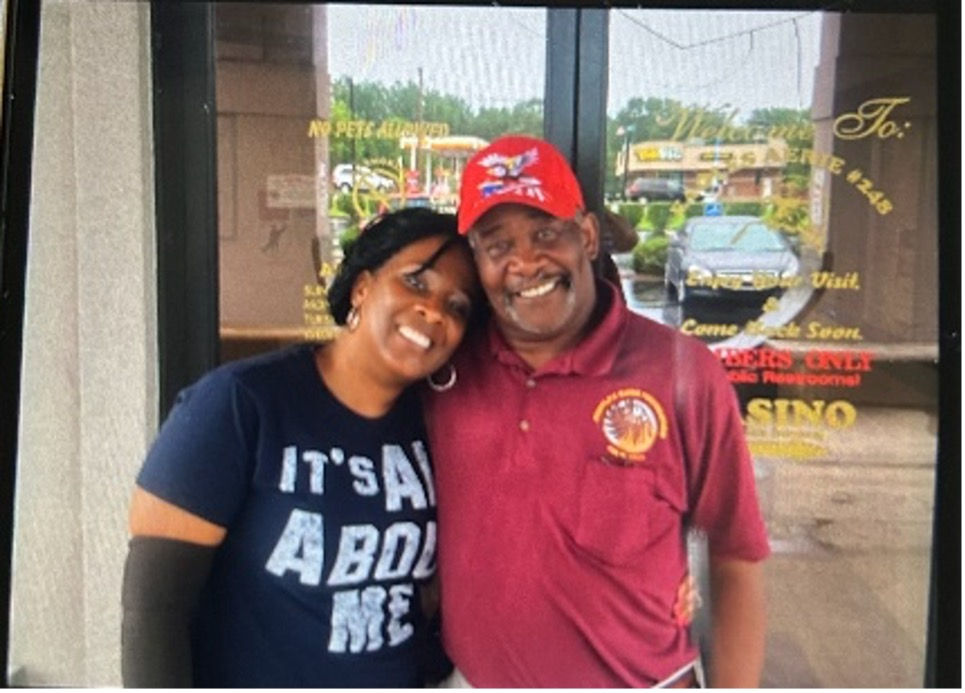Resilience Isn’t a Personality Trait—It’s a Mindset You Build
- Nicole Clement

- Jun 3
- 3 min read
Updated: Jul 1

Introduction
When I first tried to drive a stick shift, I stalled over and over. I kept thinking, “Maybe I’m not built for this.” But that wasn’t true, I just hadn’t learned the rhythm yet.
Too often, women internalize life's stalls as personal failure. Burnout, disappointment, grief—we don’t just go through them; we start to believe they say something about our worth. Resilience Wins is about changing that mindset. It's about recognizing that resilience isn't something you’re born with, it's something you practice.
Why Resilience Feels Out of Reach for So Many Women
1. We've Been Conditioned to Endure, Not Recover
From a young age, many women are taught to “keep it moving,” “be strong,” and “push through.” There’s often no space to pause, process, or ask for help. Over time, this builds silent fatigue and internal conflict—because there’s no margin for healing.
2. Our Past Teaches Us to Fear Repeating Pain
Unhealed experiences tell us: “Don’t try again.”But the truth is, resilience doesn’t mean you avoid pain—it means you become more equipped to respond to it. You stop letting fear write about your future based on what hurt you before.
3. We Equate Resilience with Perfection
Many women believe resilience means being “on” all the time. But true resilience includes rest, therapy, coaching, boundaries, and community. It’s not performance. It’s self-preservation.
The Cost of Operating in Survival Mode
Chronic anxiety masked as “productivity”
Emotional numbness mistaken for strength
Unhealthy patterns repeating in relationships or career
Feeling stuck, but too ashamed to ask for support
You may be functioning, but that doesn’t mean you’re free.
A Biblical Reminder
“And let us not grow weary while doing good, for in due season we shall reap if we do not lose heart.” – Galatians 6:9
God never told us to do it all alone. Resilience isn’t about grinding until you collapse—it’s about trusting Him to carry you while you shift.
What Resilience Looks Like in Real Life
Choosing to rest instead of quitting
Asking for help without guilt
Releasing control and allowing God to redirect
Reframing failure as feedback
Practicing boundaries, even when it's uncomfortable
Practical Tools to Strengthen Your Resilience Muscle
1. Journaling for Pattern Awareness
Track moments when you feel emotionally drained. What triggered it? What belief came up? This gives you insight into what needs to shift.
2. Build a Recovery Routine
What do you do after emotional labor? If nothing, you’re burning out. Create a routine that includes prayer, reflection, and regulation.
3. Use Anchoring Scriptures
Keep a few verses that remind you of who you are in Christ when you feel shaky. Speak to them aloud when fear or fatigue rises.
4. Revisit Your “Why” Often
When it gets hard, go back to your “why.” What is the cost of staying stuck? What legacy are you trying to build?
Reflection Questions
Where am I currently surviving instead of healing?
Who have I been pretending to be strong for—and what would it look like to let that go?
What would shifting look like in this season?
Conclusion
Resilience isn’t about getting it right all the time, it’s about showing up with the strength you have, and trusting that it’s enough. You’re allowed to stall. You’re allowed to pause. But you’re not meant to stay there.
If you’re tired of surviving and ready to build a rhythm that feels right for your life, let’s talk. Whether through coaching, therapy, or a community of support, your next step doesn’t have to be alone.
















